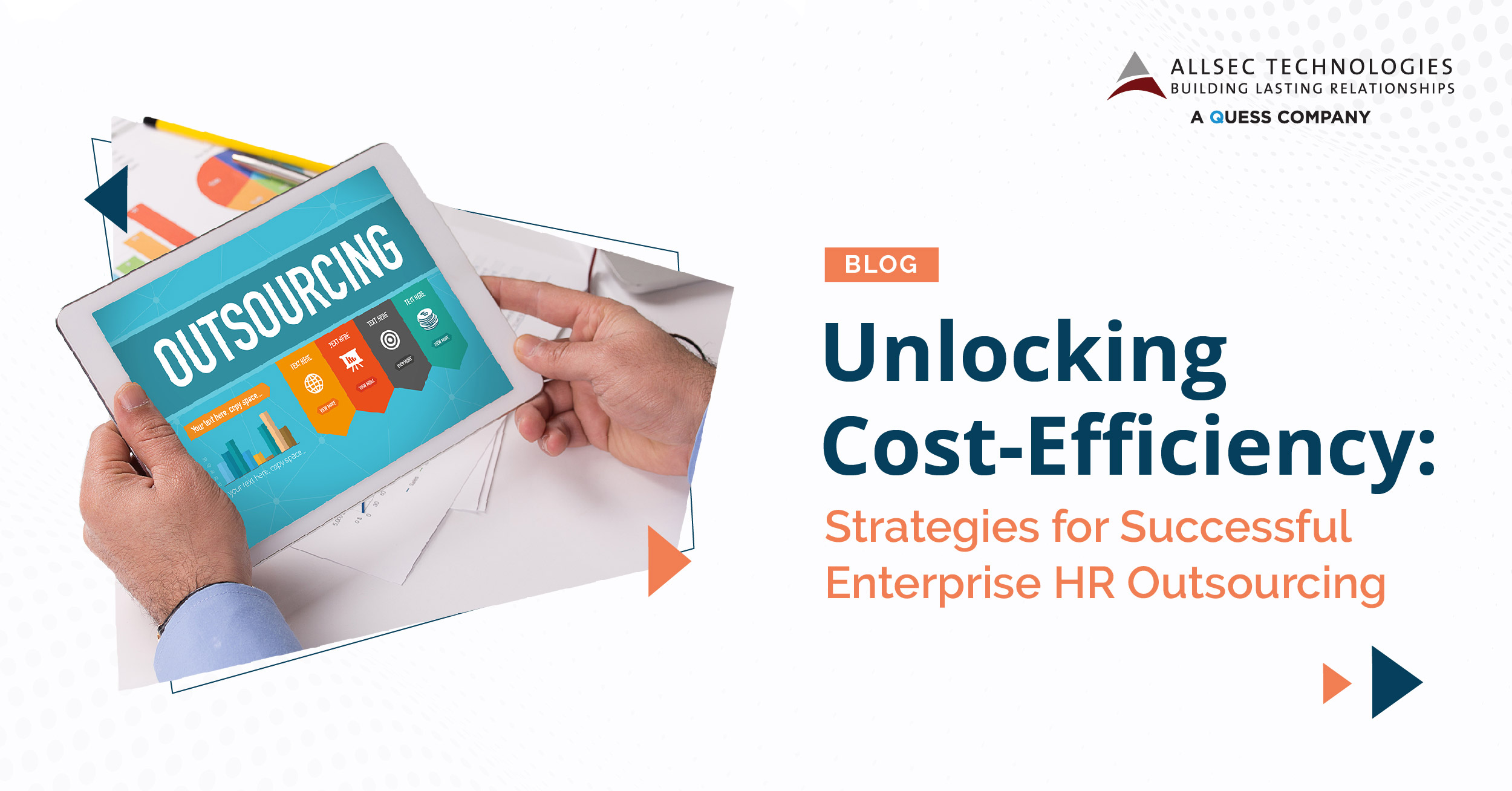
In the current business landscape, Enterprise HR Outsourcing is a strategic solution for organizations prioritizing business agility and cost-effectiveness. This article explores key strategies for achieving cost-efficiency in HR outsourcing, including analyzing Total Cost of Ownership, identifying savings opportunities, automating processes with technology, benchmarking against industry standards, and realizing sustained cost benefits through strategic outsourcing.
Analyzing the Total Cost of Ownership (TCO)
When considering HR outsourcing, it’s essential to go beyond the apparent cost reductions and analyze the Total Cost of Ownership. This comprehensive approach takes into account all direct and indirect costs associated with HR functions.
- Direct Costs: These include the fees paid to the outsourcing partner, technology investments, and other tangible expenses.
- Indirect Costs: These are the hidden costs that can impact the organization, such as management oversight, potential productivity losses, and transition expenses.
Identifying Cost-Saving Opportunities in HR Processes
Cost-efficiency begins with identifying and optimizing HR processes that are prime candidates for outsourcing. Start by:
- Process Mapping: Map out your HR processes to identify inefficiencies and bottlenecks that can be improved through outsourcing.
- Task Segmentation: Identify tasks that can be streamlined, automated, or standardized for cost savings.
Leveraging Technology for Automation and Cost Reduction
Technology is a cornerstone of cost-efficiency in HR outsourcing. Consider these technological enablers:
- HRIS Systems: Implement Human Resources Information Systems (HRIS) for streamlined data management and analytics.
- Self-Service Portals: Employee self-service portals reduce the administrative burden and enhance efficiency.
Benchmarking Against Industry Standards for Cost Optimization
Benchmarking against industry standards and best practices is a critical step in optimizing costs. Look at key performance indicators (KPIs) in HR outsourcing, such as:
- Turnaround Times: Measure the speed and efficiency of HR processes.
- Error Rates: Track the accuracy and error rates in outsourced processes.
- Cost Per Process: Analyze the cost savings achieved through outsourcing.
Realizing Long-Term Cost Benefits Through Strategic HR Outsourcing
Strategic HR outsourcing isn’t just about immediate cost savings; it’s about long-term cost benefits. Consider these approaches:
- Continuous Improvement: Engage with your outsourcing partner to continually optimize processes and reduce costs.
- Scalability: Ensure that your HR outsourcing solution can adapt to the organization’s growth and changing needs.
- Risk Management: Develop risk mitigation strategies to avoid unexpected costs and challenges.
In Conclusion
Efficient Enterprise HR Outsourcing requires a tailored strategic approach considering Total Cost of Ownership, process optimization, technology integration, benchmarking, and long-term benefits. Embracing these strategies enables organizations to achieve cost-efficiency, operational excellence, and allocate resources to core priorities. Allsec, with over 20 years of industry expertise, excels in delivering customized HR Outsourcing solutions for unlocking organizational potential, reducing costs, and promoting sustainable growth in the dynamic business landscape.


